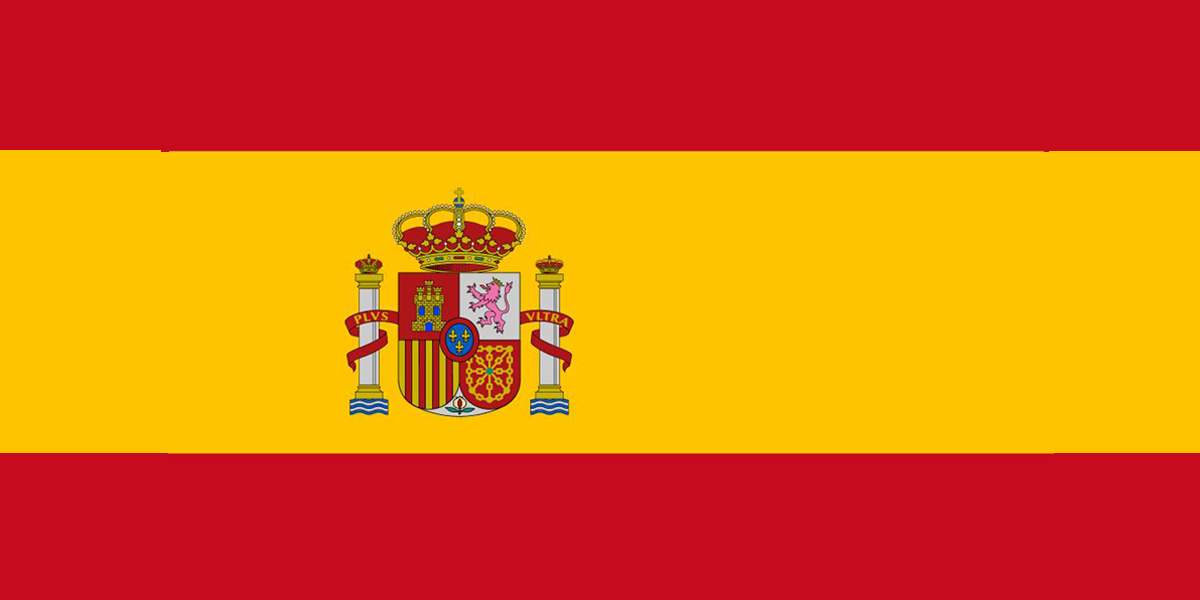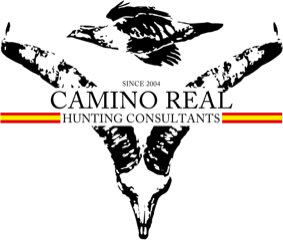
Pyrenean Chamois



Pyrenean Chamois
Identification
It is characterized by its reddish coat colour in summer and pale grey during the cold winter. It has a black strip on its back as well as a beautiful combination of facial colours with two black strips running from the base of its horn to the tip of its nose. Both males and females have hook shaped horns, although males have thicker and longer horns, plus a sharper hook. In terms of body size, the Pyrenean Chamois is larger than the Cantabrian Chamois weighing up to 62lb.
Hunting
A typical chamois hunt would start early morning and before dawn at the feet of a path which will lead us towards the top of the mountain. Step by step, the hunter and his guides will gain terrain beyond the tree line. Patiently, they will analyse every single bit of grass hit by the sunshine in search of the first groups of chamois. Without prior notice the first individuals will be spotted. It will then be time to make a stalking plan. A nice pair of binoculars, good physical condition and the determination to walk long distances until the right trophy is found will be essential factors to consider in order to enjoy one of the most beautiful hunts in Spain.
Habitat
Typical from the rocky and rugged terrains of the mid and high mountains in the Pyrenees, this chamois subspecies lives in the forests hidden from the extreme weather conditions. However, they love showing up in the open above the tree level searching for the best pastures. This chamois is exclusive from the Pyrenees.
Habits
As a high mountain species, the Cantabrian chamois are usually spotted enjoying the sunshine in the open and rugged terrain, above the tree line feeding on all kind of pastures. Under extreme weather conditions, they prefer to descend the mountain for shelter in the forest where they feed on leaves and fresh buds. They are practically active during all day, so it is quite common to see them at any time during daylight except in very warm weather. Often, they group together in large herds composed of females and young individuals. The mating season takes place in November, when males become extremely aggressive and fights are amazing to see.
Distribution
Pyrenees
Season April – June and September – December.
Recommended Calibre 270 Winchester
CIC Medal Bronze: 87 points; Silver: 92 points; Gold: 97 points
SCI Medal Bronze: 20 points; Silver: 22 1/8 points; Gold: 23 4/8 points


